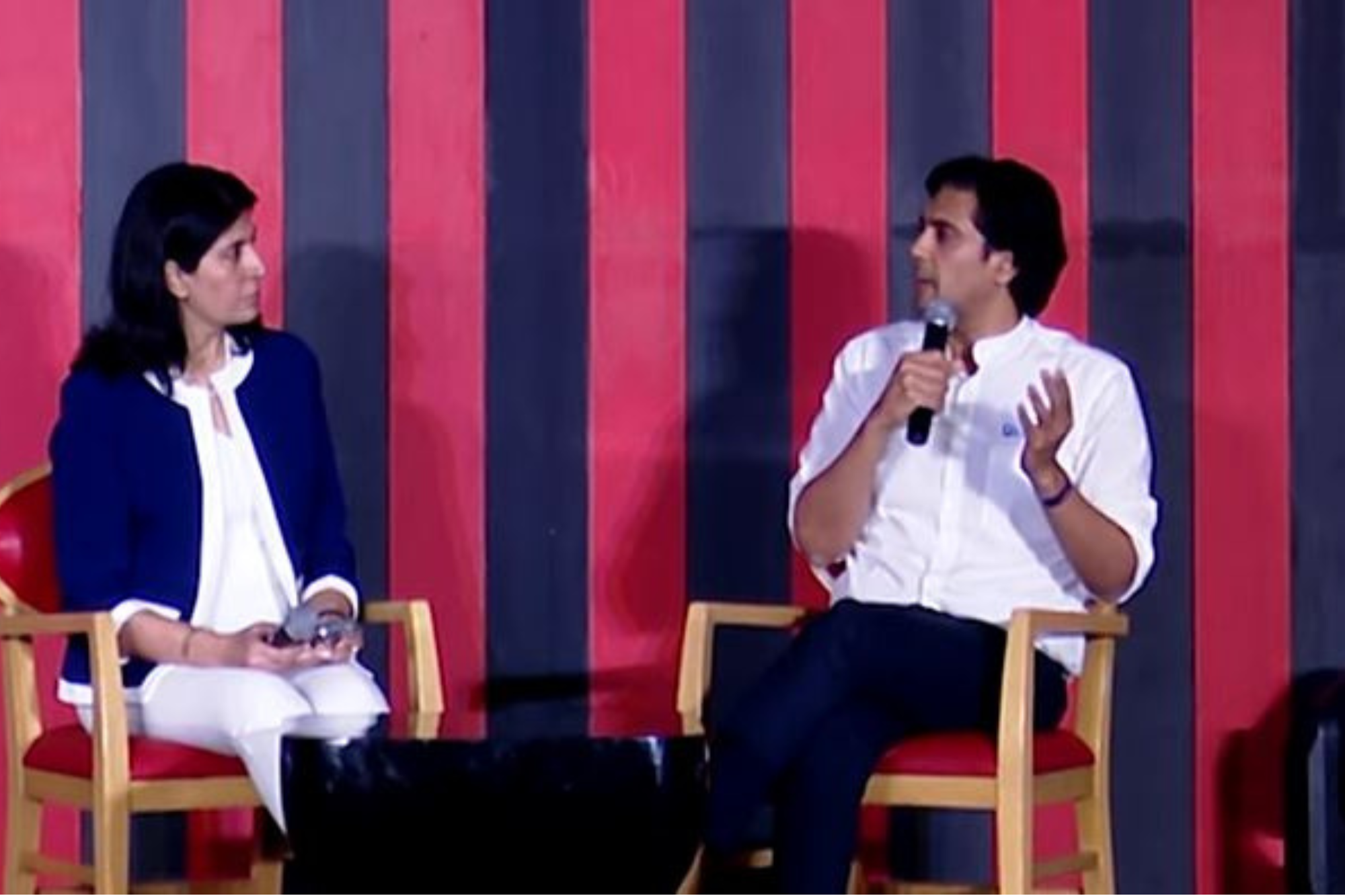What You Can Expect From the Intercreditor Agreement This report has the potential to resolve the issue of NPAs if Implemented mindfully
By Rajesh Narain Gupta •
Opinions expressed by Entrepreneur contributors are their own.
You're reading Entrepreneur India, an international franchise of Entrepreneur Media.

With a view to resolving potential and existing NPAs by finding a viable solution before, during and after the initiation of the IBC process, the Committee on Resolution of Stressed Assets-Project Sashakt presented the final report and presentation to the Ministry of Finance, Government of India on July 2.
Chaired by Mr Sunil Mehta, Chairman PNB, the committee comprised a team of top bankers from the country with eminent global and Indian professionals helping to finalize the report. The report presents a holistic overview and the experts have thought through various permutations and combinations to find short term and long term solutions.
Details of the Report
The report has recommended the implementation of SME resolution approach to smaller assets with exposure upto Rs.50 crore. Bank led resolution process (BLRA) has been made applicable to mid-sized assets with exposure above Rs. 50 crore and upto 500 crore. Formulated as a pre-IBC process, BLRA aims at finding a resolution within 180 days requiring financial institutions to enter into an Inter Credit Agreement to authorise the lead bank to implement a resolution plan within 180 days. Large assets with exposure above 500 crore and having potential for turnaround will be resolved with AMC/AIF led resolution process.
For already pending cases and not coming under the purview of already mentioned approaches, the NCLT/NBC process will be applied with the Asset Trading Platform applicable to performing and non-performing assets.
As a guiding principle, the committee ensured that the solutions recommended fit into the existing regulations and were aligned to the Indian Bankruptcy Code (IBC). BLRA expects the lead bank to assume full responsibility in resolving the stressed asset and provide the required speed for resolution. This is aimed to be achieved by cutting on the timelines, avoiding a bureaucratic approach and finding a way to support operational turnaround of the asset.
However, there are challenges also. Under BLRA approach, it is not clear how the interest of unsecured creditors and operational creditors will be addressed. The recommendations do not have the force of law. This is not a creation of statute so those banks who do not co-operate or wish to challenge any action on the part of the lead bank will have the right to do so. The chances of potential legal disputes cannot be ruled out. The report is clear that the proposed actions are to be within existing regulations and processes and does not require any changes as such on existing laws or regulations and guidelines issued by the regulator. On the other hand, it could become difficult to bring the borrower to task as the Committee has recommended the implementation of the BLRA approach post availing of the credit facilities by the Borrower.
The Borrower can turn around and question the validity of a new methodology which the borrower was not liable at the time of grant of credit facilities. Retrospective applicability may be a challenge. Private and Foreign banks may be reluctant to participate in this approach and / or to subject themselves with the ultimate resolution process recommended by the lead bank which may involve haircut, conversion of non-sustainable debt into equity or even sale of asset or exit of promoters. Its progress can also be impeded by the regular legal challenges including the possibility that the operational turnaround would require exit of existing promoter, whether the guarantees and securities provided by the existing promoter will be released or not. Smaller banks may have independent securities so whether they would be forced to enforce those securities, remains to be seen. Those banks whose debt is getting time barred under the Law of Limitations will have to initiate the proceedings irrespective of the Inter Se Agreement to keep the claim alive under the law.
There would be many such questions and challenge.
Big question is whether to adopt a dynamic approach to find a solution to this big problem of NPA or sit quiet ?
It is important to cut on the delays. It is common knowledge that to build consensus amongst creditors is itself a nightmare. So, if a speedy action is possible than why not implement it swiftly. It's a big call on the lead bank. Whether lead bank will come forward and perform this Big Daddy job is to be seen as it would require lots of skill, confidence, decision making ability and bold steps on its part.
Government will be required to ensure that the decision makers are given indemnity against any investigations, civil or criminal for having taken decision to turn around the asset. The fear of being questioned or prosecuted at a later date which is already causing paralysis in banking sector need to be addressed quickly.
Further there would be challenges on payment of stamp duty, which is a state subject, if any restructuring or transfer of assets or securities is made. There may be a single window clearance required for resolution of policy issues in infrastructure sector. Clearances under the Competition Act may delay the resolution and so on and so forth.
Holistic approach is required which involves herculean efforts on the part of the lenders and the government. The solutions provided by the Committee based also on global experiences are fantastic, however, million dollar question is a conducive environment to facilitate the same will be really created in time bound manner.












